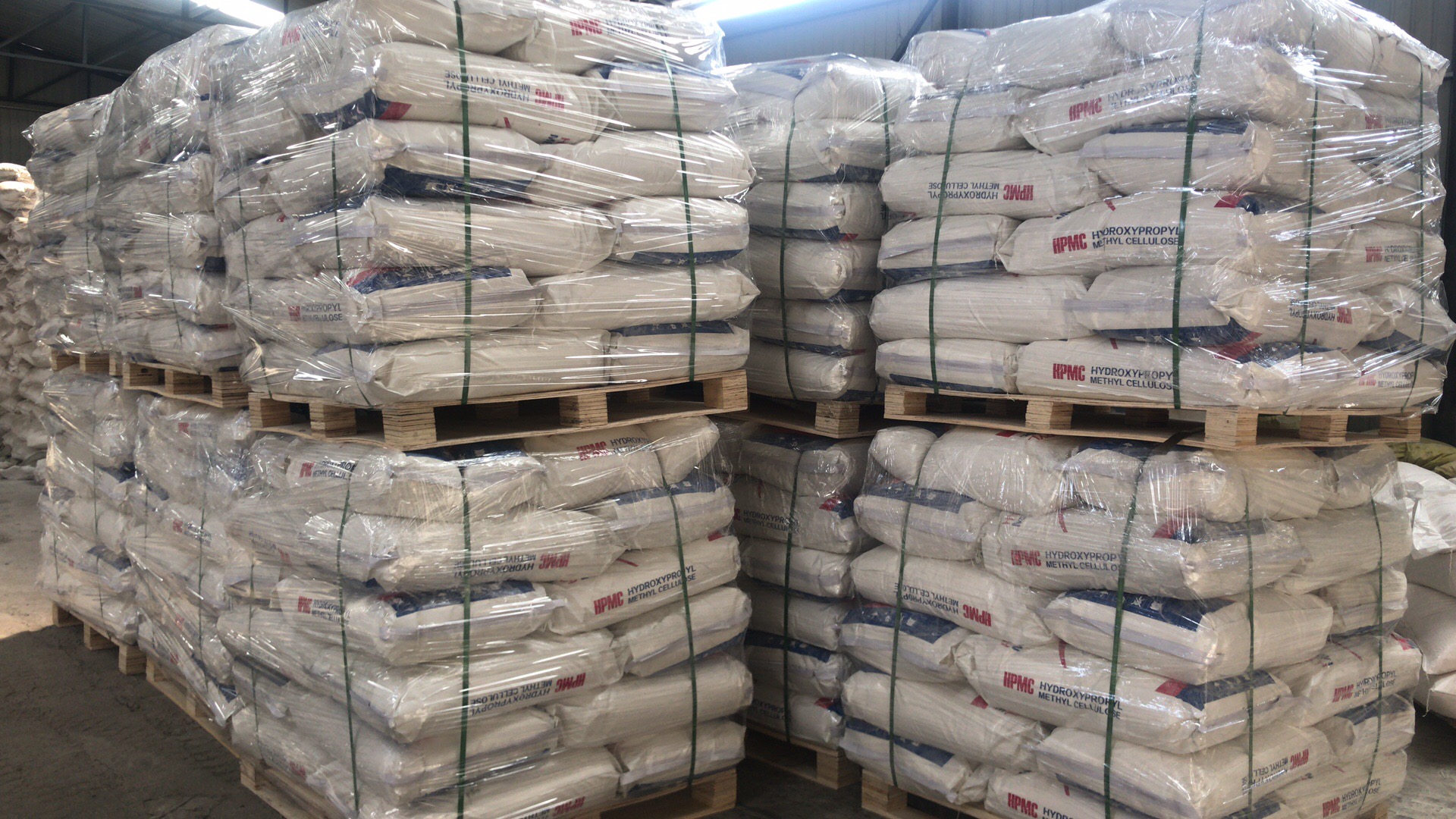What effect does HPMC have on cement-based building materials mortar?
Hydroxypropyl methylcellulose (HPMC) is a cellulose ether derivative commonly used as an additive in cement-based building materials, especially mortars. Its effects on mortar are diverse, affecting various properties and characteristics of the material.
1. Water retention and workability:
HPMC is known for its excellent water retention properties. When added to mortar, it forms a thin film on the surface of the cement particles, preventing moisture from evaporating. This allows the mortar to remain plastic for a longer period of time, thereby improving workability, making construction and finishing easier.
2. Improve adhesion:
HPMC helps improve the bond between the mortar and the substrate. The film formed by HPMC helps bond the mortar to the surface, promoting better cohesion and reducing the risk of debonding.
3. Increase opening hours:
Opening time is the duration that the mortar remains usable. HPMC extends the open time of the mortar, providing application flexibility, especially where complex installations require longer durations.
4. Enhance anti-sag properties:
Resistance to sag is critical, especially in vertical applications. HPMC imparts thixotropic properties to the mortar, reducing sagging and ensuring the material adheres well to vertical surfaces without slumping.
5. Effect on setting time:
HPMC will affect the setting time of mortar. Although it generally prolongs working time, excess may delay initial and final setting times. Proper dosage is critical to maintaining a balance between workability and setting time.
6. Improve bending and tensile strength:
Research shows that incorporating HPMC can improve the flexural and tensile strength of mortar. This is attributed to improved hydration and a more even distribution of particles within the matrix.
7. Reduce shrinkage cracks:
Shrinkage cracks are a common problem in cement-based materials. HPMC helps mitigate shrinkage by controlling water evaporation, which reduces cracking and improves overall durability.
8. Weathering resistance:
Use of HPMC reduces efflorescence, the deposition of soluble salts on the surface of the mortar. By minimizing water loss during curing, HPMC helps achieve a more controlled and uniform curing process.
9. Compatibility with other additives:
HPMC is generally compatible with other additives and admixtures, allowing for custom formulations. However, it is important to consider the compatibility of HPMC with specific additives to avoid any adverse interactions.
10. Environmental considerations:
HPMC is considered environmentally friendly as it is derived from renewable resources. Its use in mortars meets sustainability goals and does not lead to environmental degradation.

The addition of HPMC to cement-based building materials, especially mortars, brings about a range of positive effects. These include improved workability, adhesion, sag resistance, strength properties and durability. However, dosage must be carefully controlled to avoid negative effects on setting time and to ensure compatibility with other additives. The use of HPMC is in line with wider industry trends towards more sustainable and efficient construction practices.
